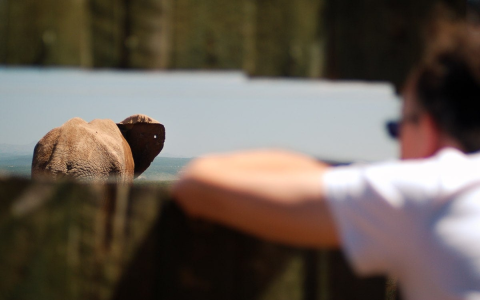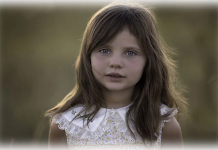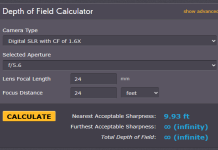Alright, let’s talk about this thing I call “element space” in photography. It’s not some super technical term I read in a manual, nope. It’s more about what I figured out just by messing around with my camera and wondering why some of my shots looked like garbage and others, well, less like garbage.

When I first got into taking pictures, I just pointed at whatever I thought was cool and clicked. Simple, right? Wrong. Most of the time, my photos felt cluttered. Like, you couldn’t really tell what the main thing was supposed to be. It was just a jumble of stuff, all screaming for attention. Super frustrating, let me tell ya.
So, I started to actually look at photos I liked. Not just glance, but really stare at ’em. What made them work? It wasn’t always about some super exciting subject. Sometimes it was a simple thing, but it just felt right. And I began to notice the, well, the air around things. The empty bits. Sometimes there was a lot of it, making the main subject really pop. Other times, things were closer together but still felt like they had their own little spot, their own zone.
I began to experiment. If I was taking a picture of a flower, for instance. First, I’d get up real close, fill the whole frame with it. Looked okay, I guess. Then I’d step back a bit. Get some of the leaves, a bit of the blurry background. Then I’d step back even more, maybe get a whole lot of sky or the wall behind it. And boom! The feeling of the photo changed completely each time. It was like, “Oh, so it’s not just what I shoot, but where it is in the frame, and what’s around it, or what’s not around it.” That was a bit of a lightbulb moment for me.
For me, this “element space” thing is just about understanding that your photo frame is like a little stage. And every single thing you decide to put on that stage, or importantly, what you decide to leave off that stage, totally changes the play. It’s about how your main subject, your star player, talks to everything else – the background, the stuff in front, even the plain empty areas.
What I Started Nailing Down About Space
So through trial and error, mostly error at first, I started to get a feel for a few things:

- Breathing Room is Key: Seriously. Sometimes your main subject just needs some elbow room. If you cram everything together, nothing stands out. It’s like trying to hear one person in a shouting crowd. Give your subject some space to shine.
- Space Can Point the Way: The empty parts of your photo can actually guide someone’s eyes. Think of a long, empty road leading to a tiny house in the distance. That empty road is doing a ton of work, pulling you into the scene.
- Balance Isn’t Always Symmetry: I used to think everything had to be perfectly centered or balanced. Nah. Sometimes having your subject way off to one side, with a whole lot of nothing on the other, creates this cool tension or feeling. It’s more interesting.
- Clutter is Your Enemy, Man: This was a big one for me. Just because you can see something through your viewfinder doesn’t mean it needs to be in your final photo. I learned to start asking, “Does this extra thing add anything, or is it just noise?” Most of the time, it was noise. Too much stuff and your main point gets lost. It’s a headache.
My actual practice then shifted. I stopped just snapping away. I started to really compose in the viewfinder. I’d move around. Squat down. Look for a cleaner background. I’d ask myself, “Okay, what’s the hero here? And how can I use all this space, or lack of it, to make that hero look good?” It became less about capturing an object and more about designing the little world inside my rectangle.
Honestly, getting my head around this “element space” stuff did more for my photos than any fancy new lens I ever bought. And the best part? It’s free. You just gotta start seeing the space, not just the stuff. It’s all about what you leave out as much as what you put in.
I still scroll through feeds and see so many photos that are just… packed. Jammed full. Like the photographer was terrified of a little empty space. But that emptiness, that’s where the magic can happen! It’s what gives the important bits their punch. It’s like in music, right? The silences between the notes are just as important as the notes themselves. People always seem to forget that with pictures.










